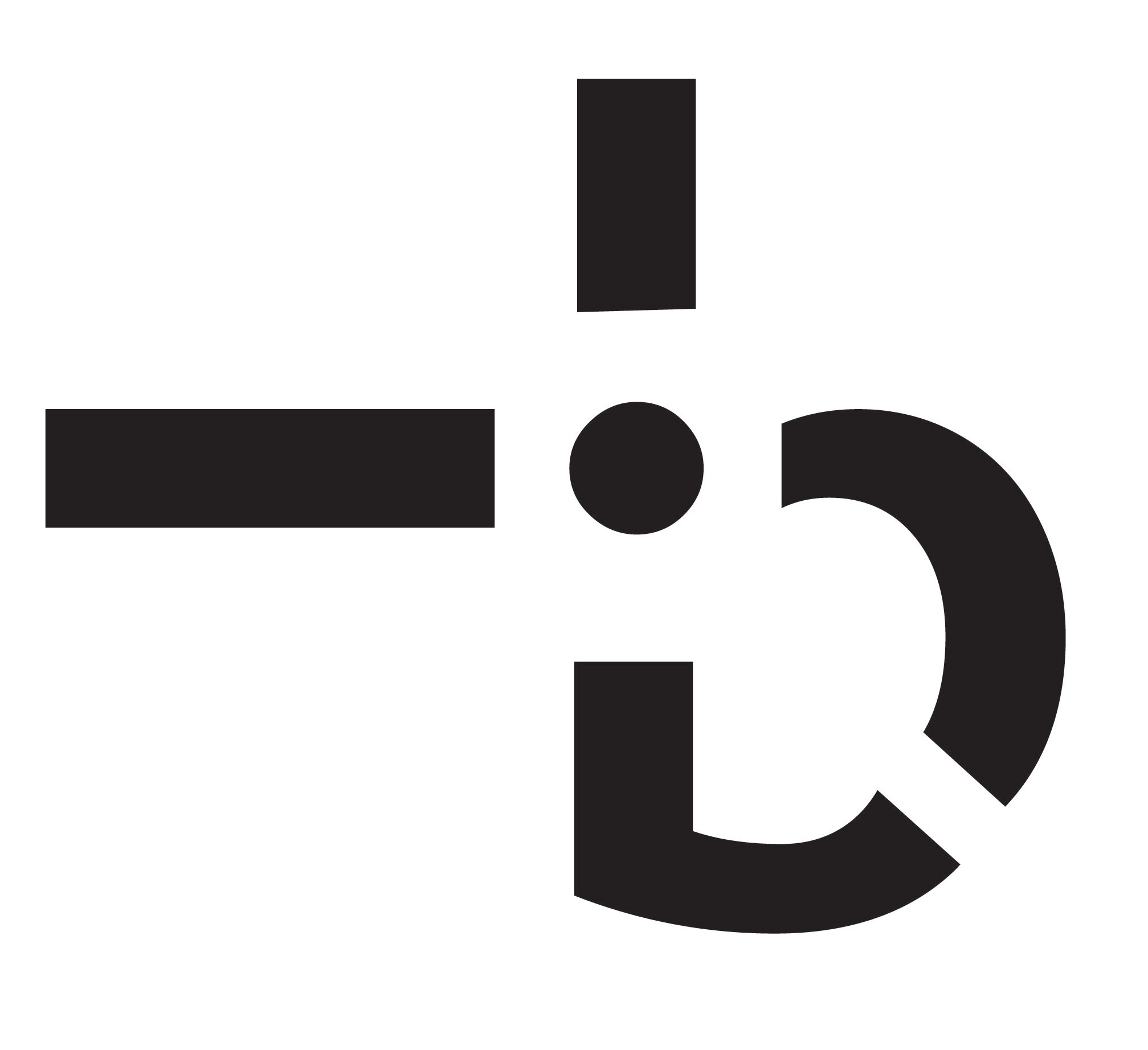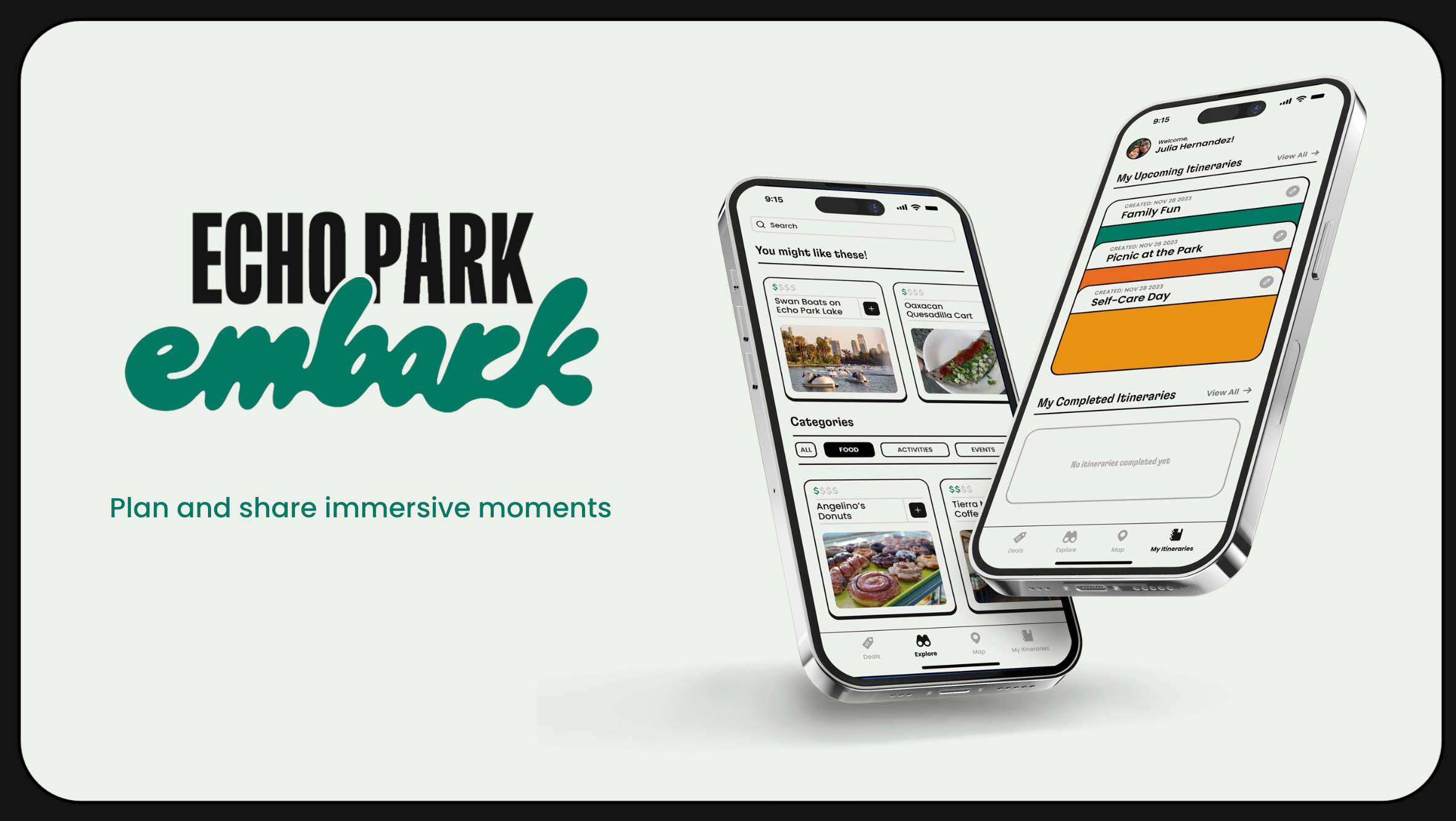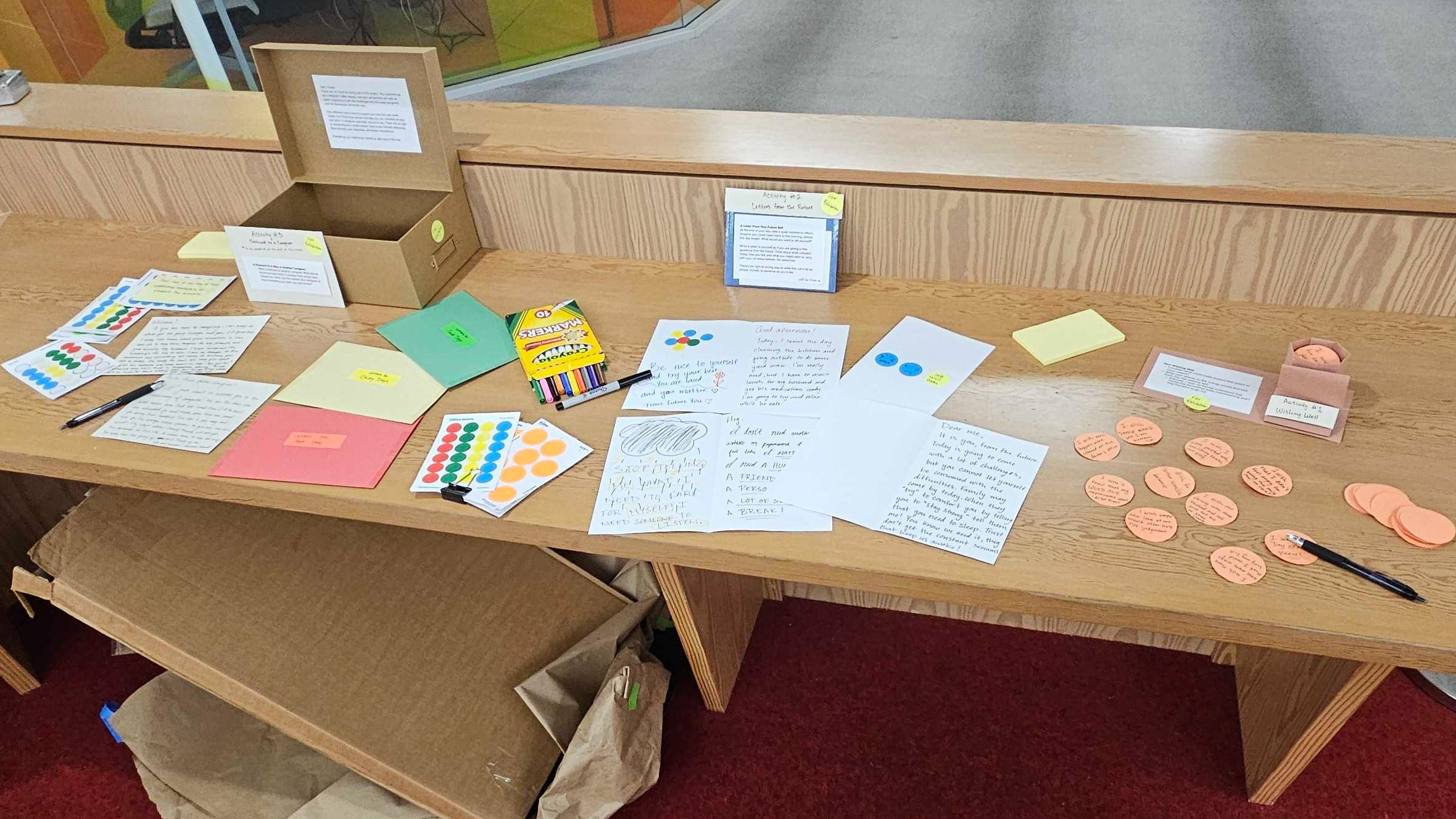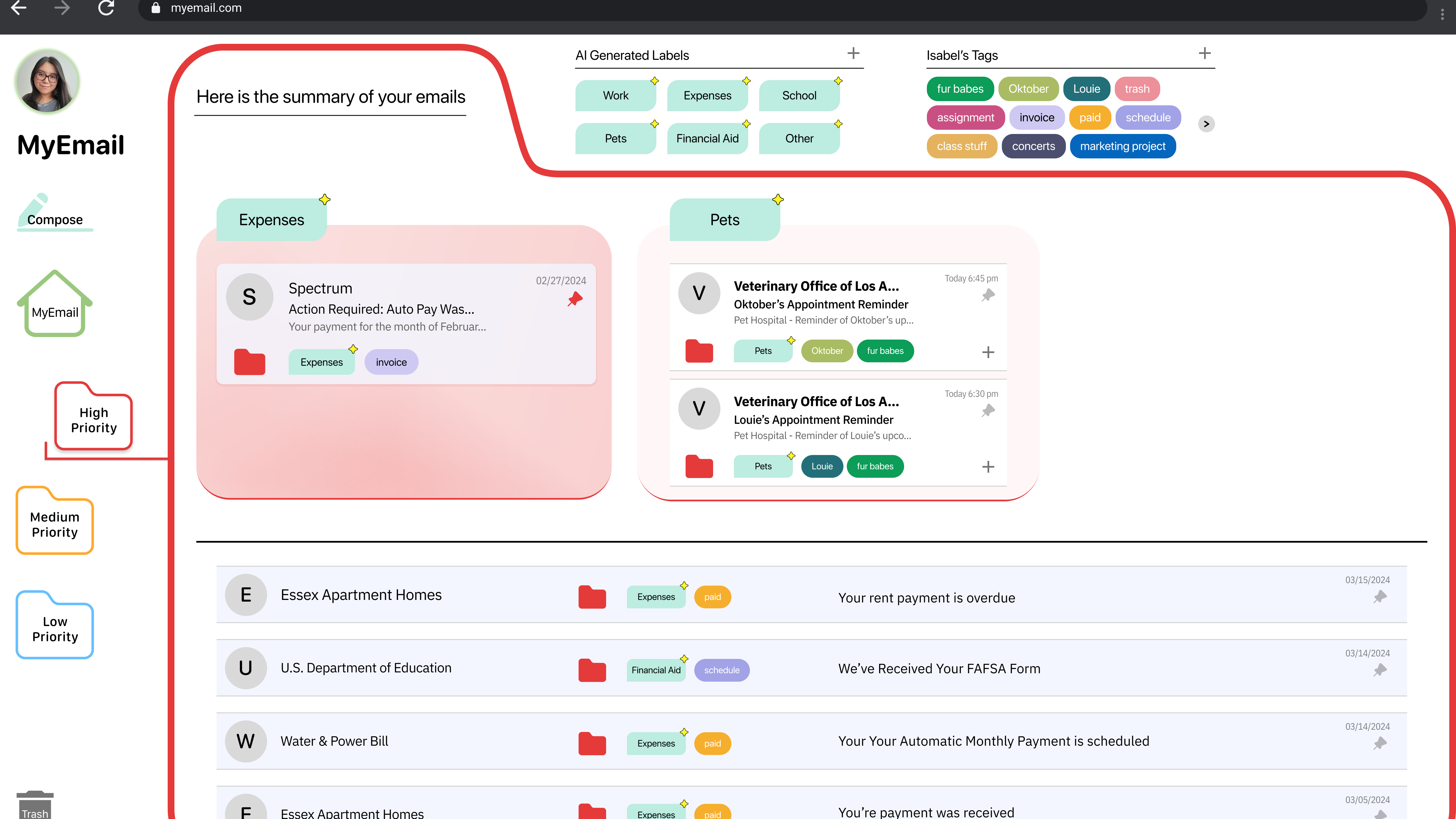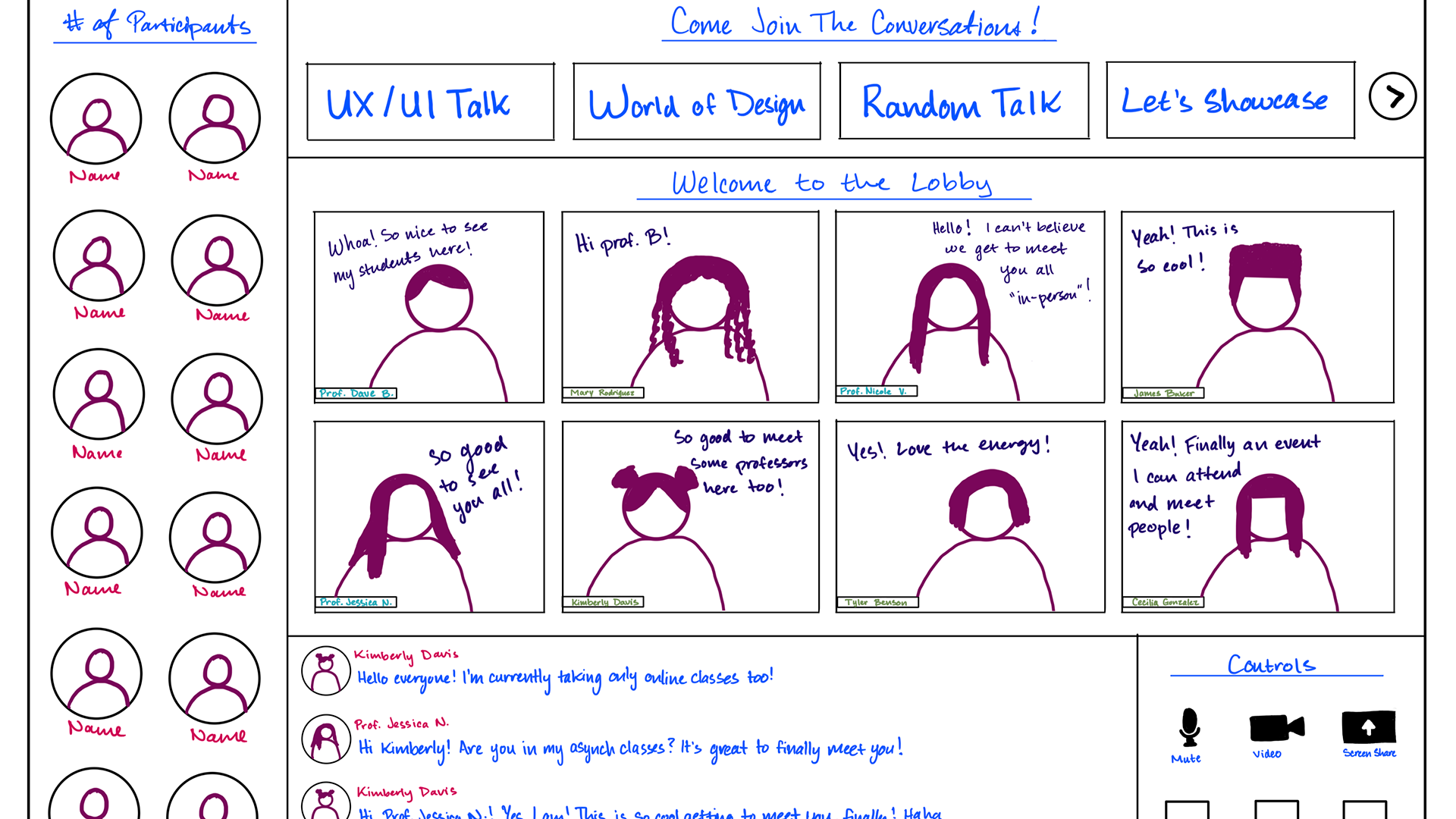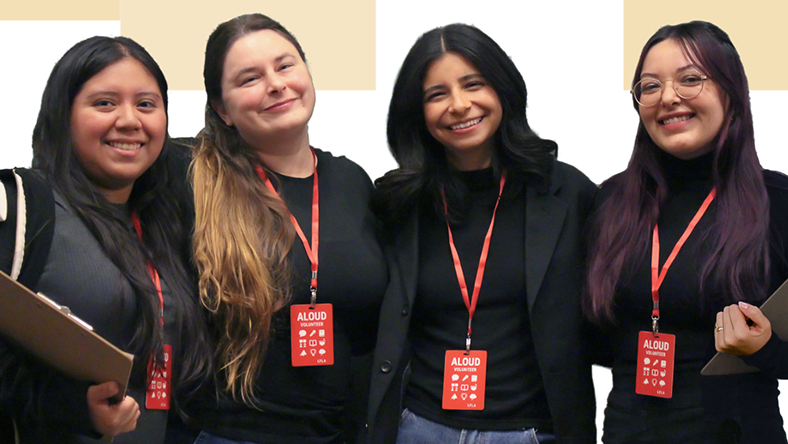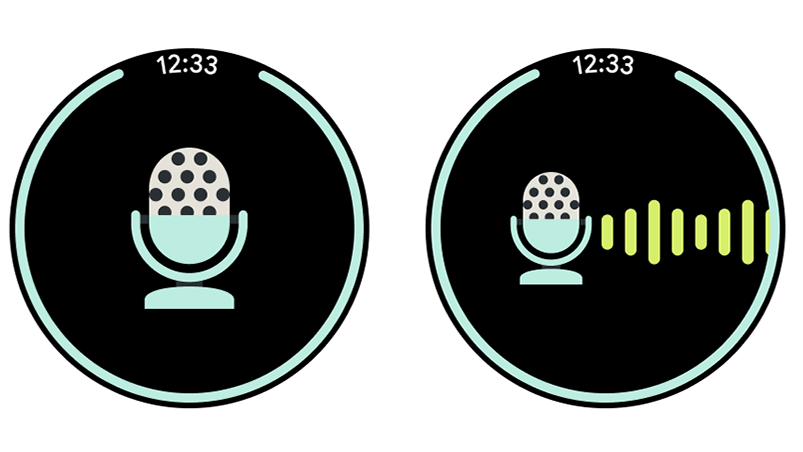Project Timeline
Spring 2024 | 7 week sprint
My Role
UX Researcher | UI Designer | Product Designer
Project Team
Carey Corrow | Darren Lau | Antonio Renoj
Problem
The intersection of Culture & Media with politics has been identified as a significant factor in shaping societal norms and behaviors. However, a problem has been uncovered in that this intersection may not always promote positive social interaction. This issue has led to the need to reevaluate how we can create an environment that not only entertains but also fosters constructive social engagement, drawing inspiration from solarpunk and eco-futurism’s vision of a harmonious coexistence between technology and nature.
Insight
Children go through 6 stages of play development, which are crucial for their learning and skills that they will continue to use throughout their lifetime. At ages 3-4, children experience Associative Play, where they interact with the space but not necessarily with the other kids around them. As kids reach ages 4 and older, Cooperative Play becomes even more significant, as both the activity and the other children involved in playing become synonymous with one another.
Solution
By focusing on early childhood intervention, we undertook the design of an installation intended to engage in a lighthearted and captivating manner. Our proposed design features an interactive playground that encourages kids to work together to overcome a shared challenge. This not only provides entertainment but also promotes positive social interactions. From this concept, we created the story of The Chromavore and the heroes of Gradielandia. As children engage with this installation through a collaborative game, they unite in play, allowing kids from all backgrounds to learn and grow together.
Brainstorming with Fears In Mind | Digital Politics
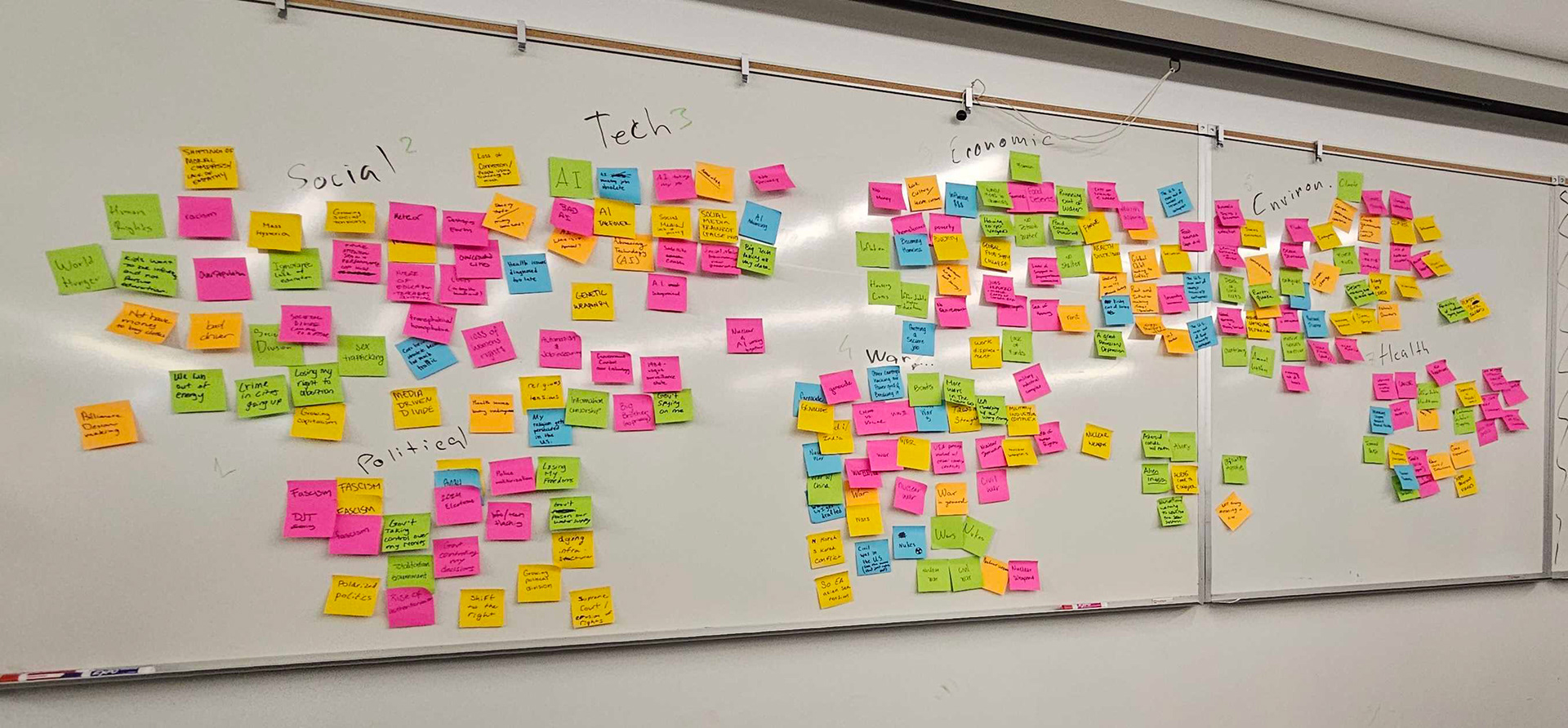
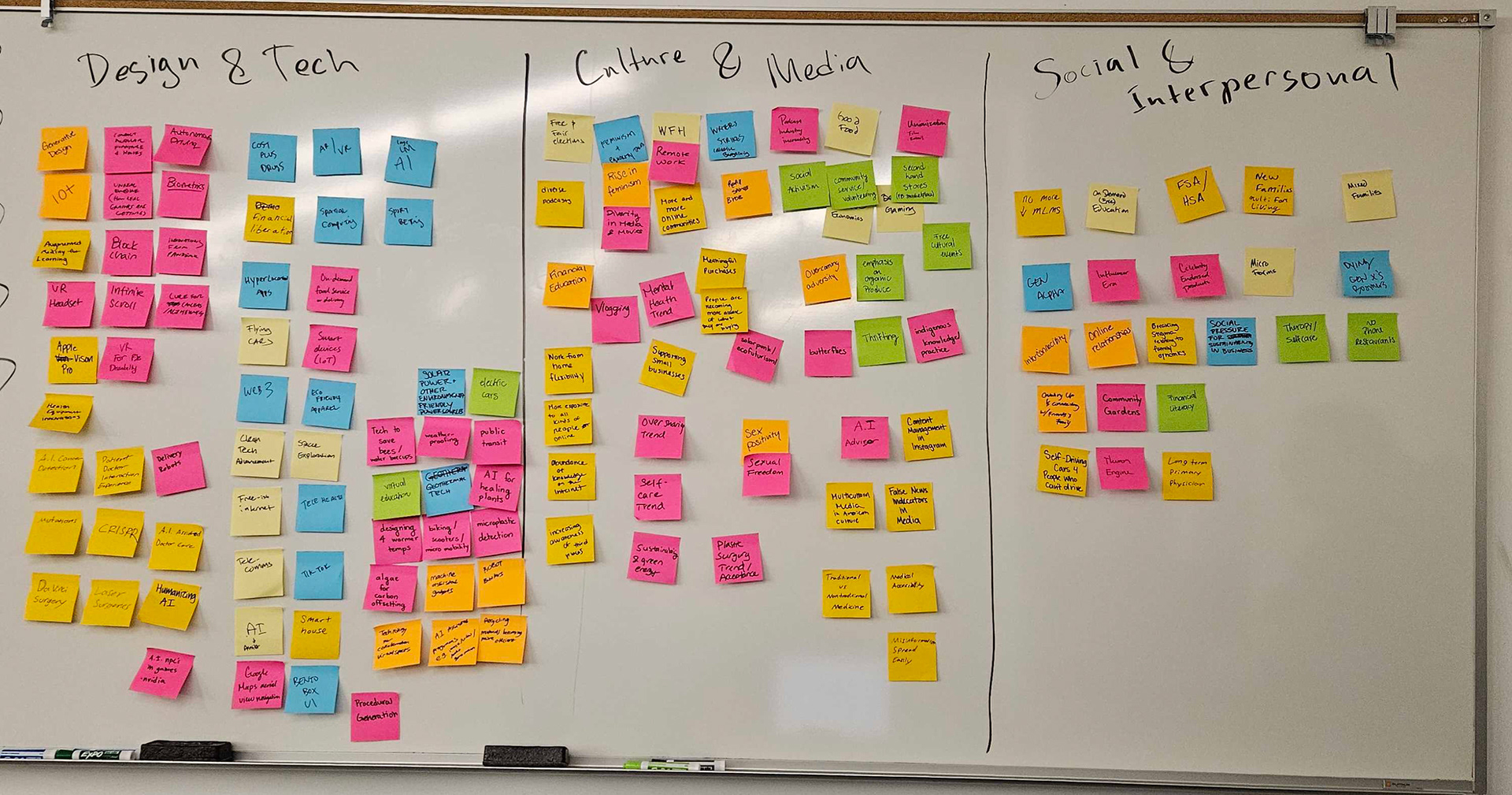
Themes began to emerge, uniting the generated ideas, as our cohort began to disperse in groups based on the themes we associated with the most. The theme I chose was Politics and I worked alongside fellow designers Carey Corrow, Darren Lau, and Antonio Renoj.
To break it down even further, our ideas were funneled into three dual categories:
- Design & Tech
- Culture & Media
- Social & Interpersonal
Culture & Media | Solarpunk Meets Eco Futurism
We were asked to do as much research as possible to generate as many observations as possible to further convert them into potential products and solutions.
The ideation session moved quickly and so did our ideas the more we began to uncover areas. The Design Research that went into this beginning phase of such an ambiguous project led to a few pivots that eventually forged the way for a final pivot — an Interactive Playground installation.
Design Research | The Voting Kiosk
Methods:
- Offering-Activity Culture Map
- From-To Exploration
- POEMS Framework
Our concept idea became an all-in-one digital democracy platform that empowers citizens to vote, engage, and innovate within their communities. Users can participate in local elections, stay informed on civic issues, and submit actionable suggestions to enhance their neighborhoods and cities.
This platform not only simplifies political engagement but also fosters an inclusive, collaborative environment for community improvement.
This platform not only simplifies political engagement but also fosters an inclusive, collaborative environment for community improvement.
The Challenges | An Interactive Dance Floor

Design The Vote Kiosk
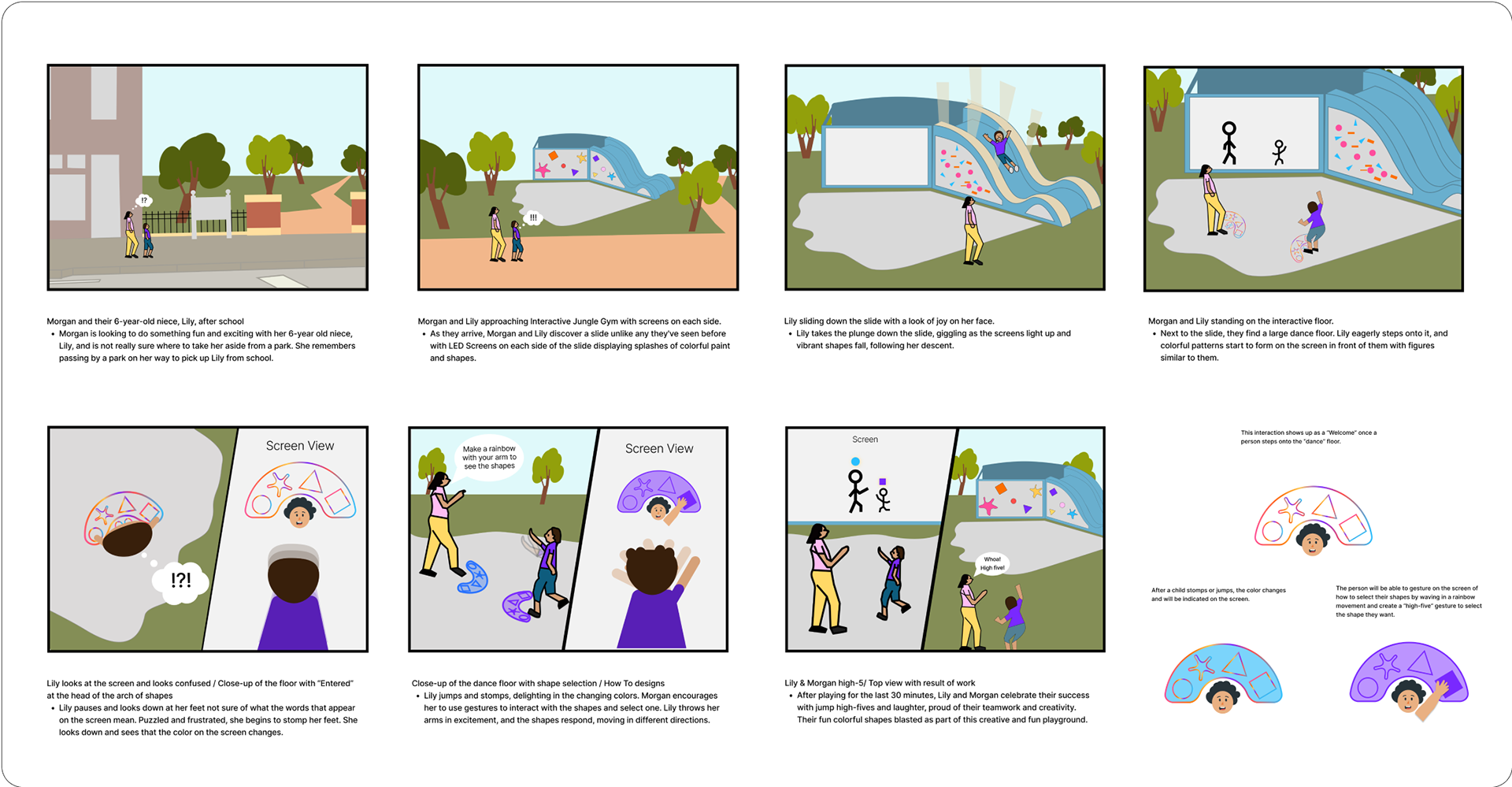
Interactive Playground
An Interactive Playground Installation | Product Collaboration
Goals & Objective
Resilience is important for everyday life and helps us to overcome difficulties, deal with stressful situations, and bounce back from adversity, failure, or even trauma.
Early intervention
Collaborative play
Inclusive environment
Creating a safe environment where everyone feels they belong and can work towards a shared goal, teaching resilience by working together. This allows children of all abilities to take part.
We are bringing together individuals with diverse beliefs and backgrounds while fostering respect for differences through interactions with others.

Interactive playground in the initial stages of development | Ideation by Isabel Bautista
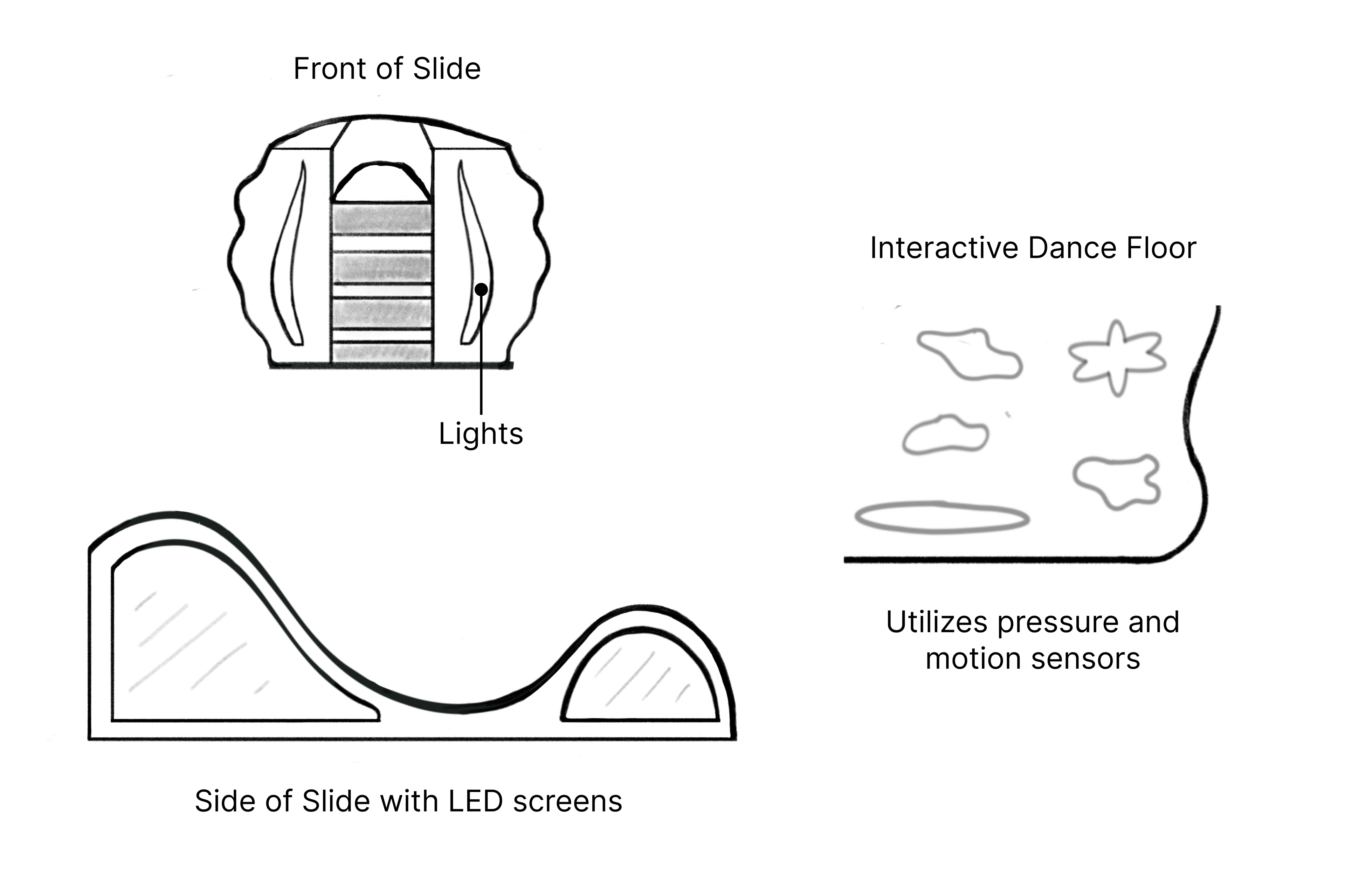
Information sketches of interactive slide and dance floor | Ideation by Isabel Bautista
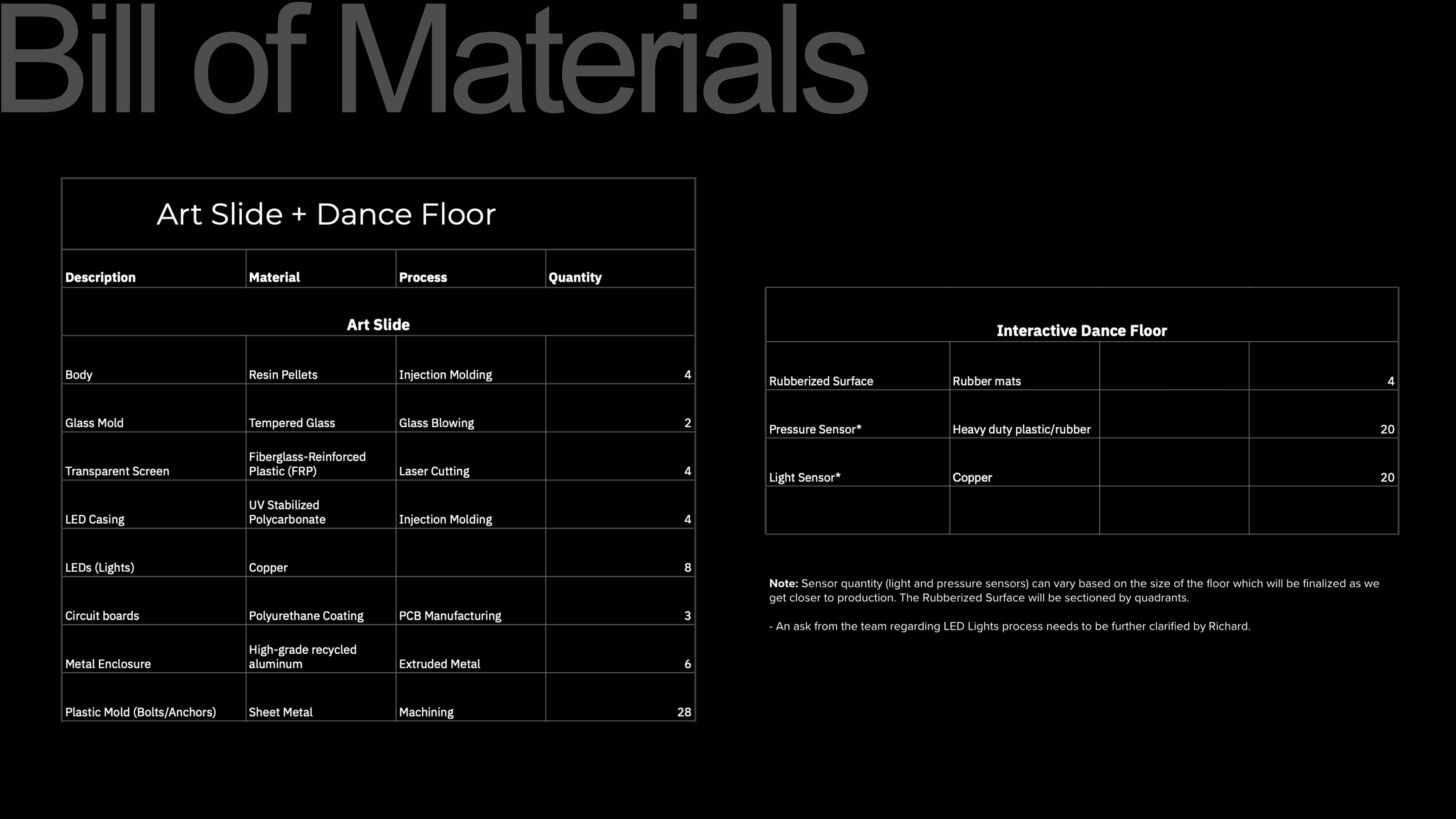
Spreadsheet: Research of materials that will be utilized to build an outdoor interactive playground
UI Development Through Storytelling
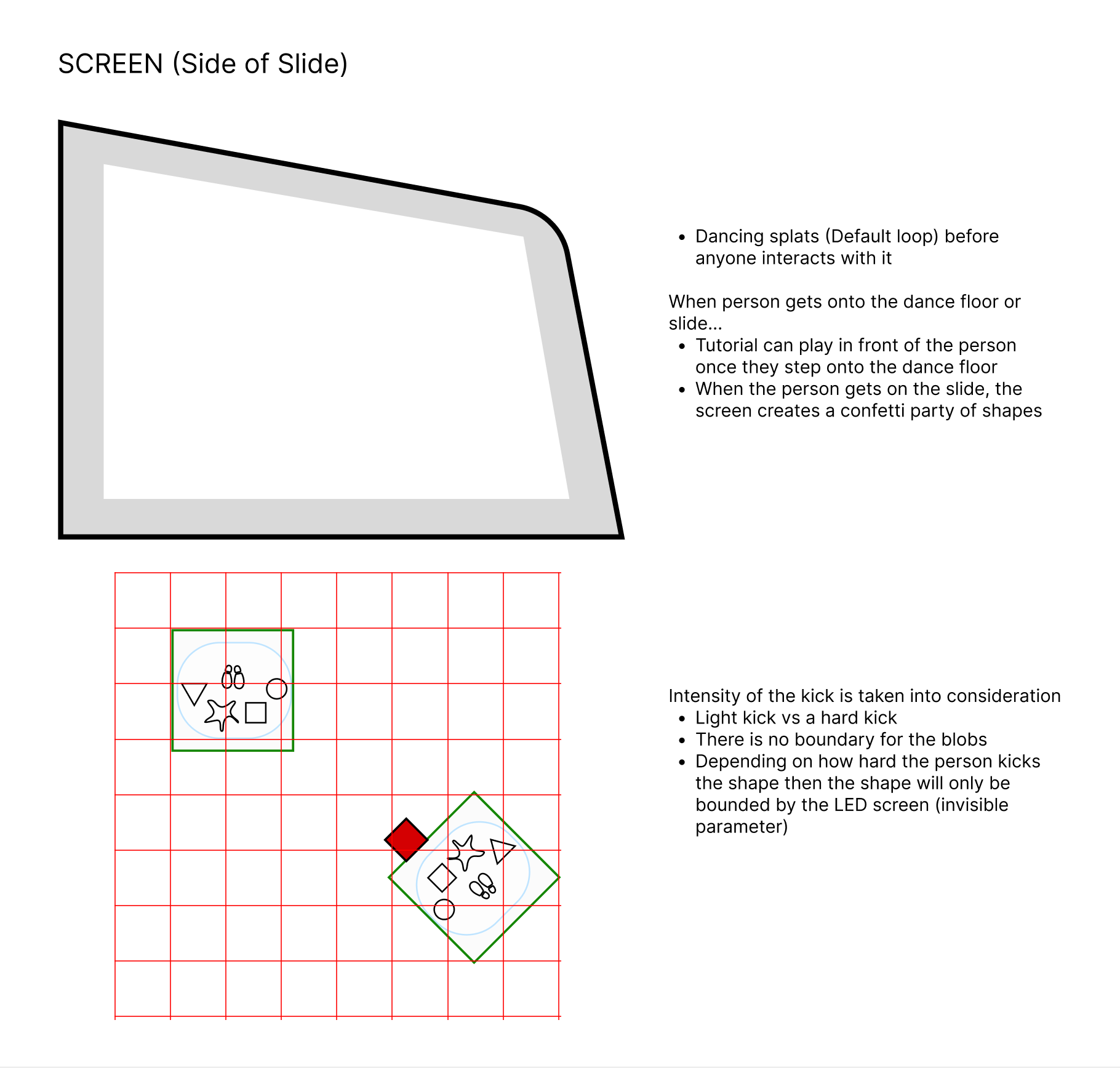
Thought process of dance floor and how the visual feedback would work
After refining and gathering the necessary materials to build the physical product, I continued to focus on developing the interface using Figma to rapidly prototype the gestures and motions necessary.
Using the story my co-designer, Carey, and I created, we began to think of the input and output components. The more we acted out how we wanted to play and interact with the space, the more we realized crowding may become an issue.
Wait!
What if this could be an enclosed space where you can control the number of people entering and contain everyone in that area?

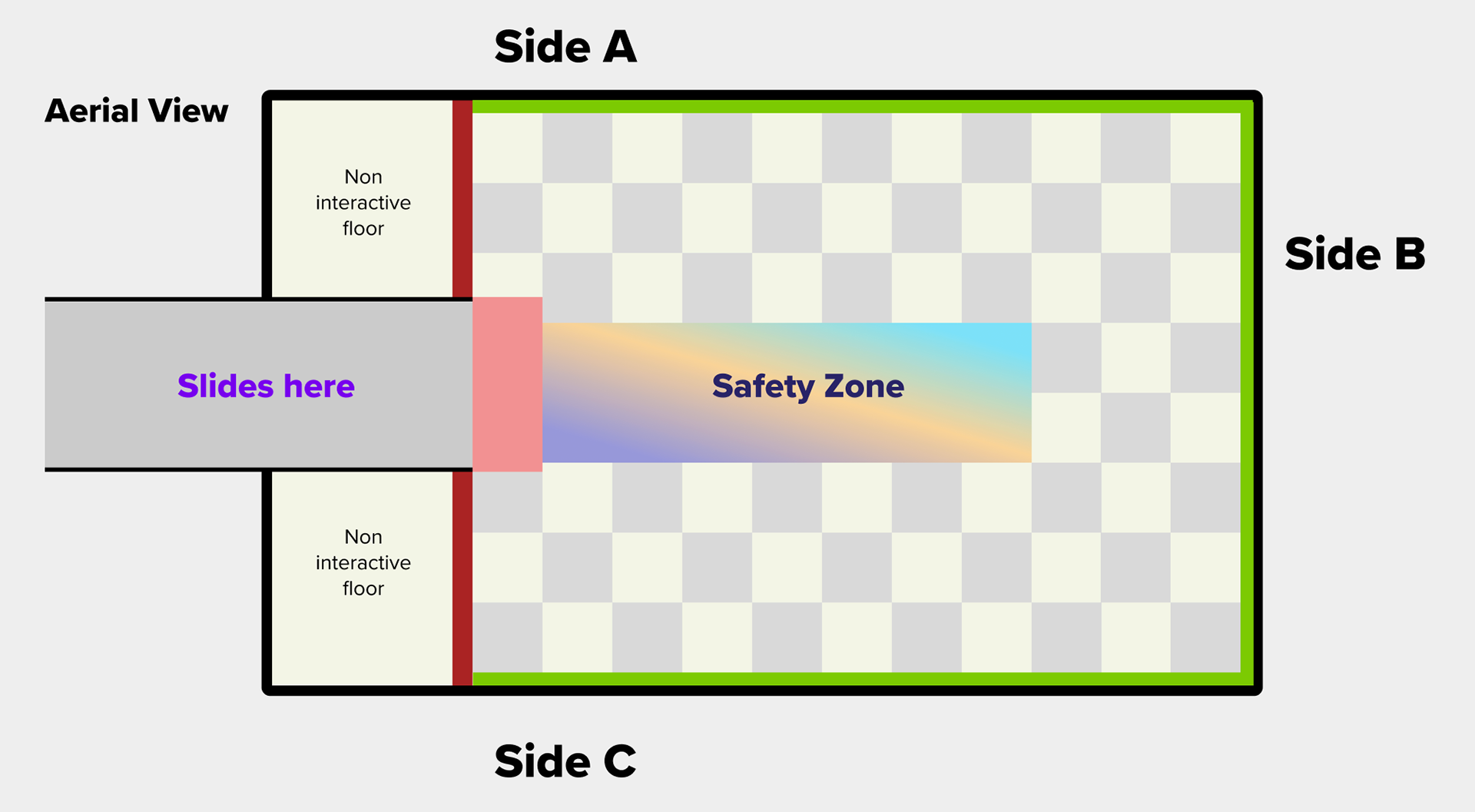
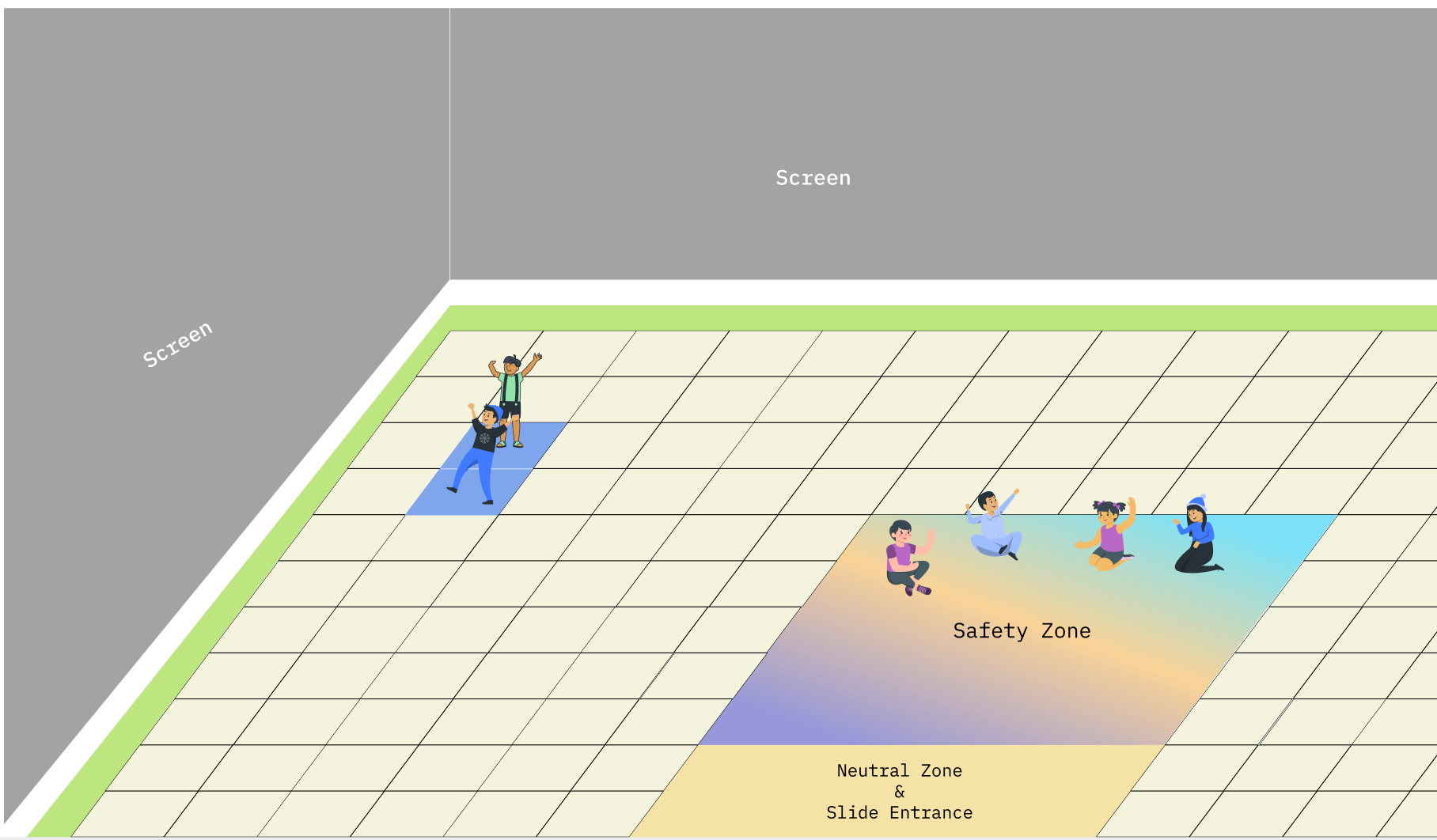
An enclosed interactive playground was created, however, some parental concerns had us thinking about accessibility and feasibility.
Why not make this a museum installation just for kids! This way, kids have their own space while being able to provide the appropriate technology and materials in a more stable setting.
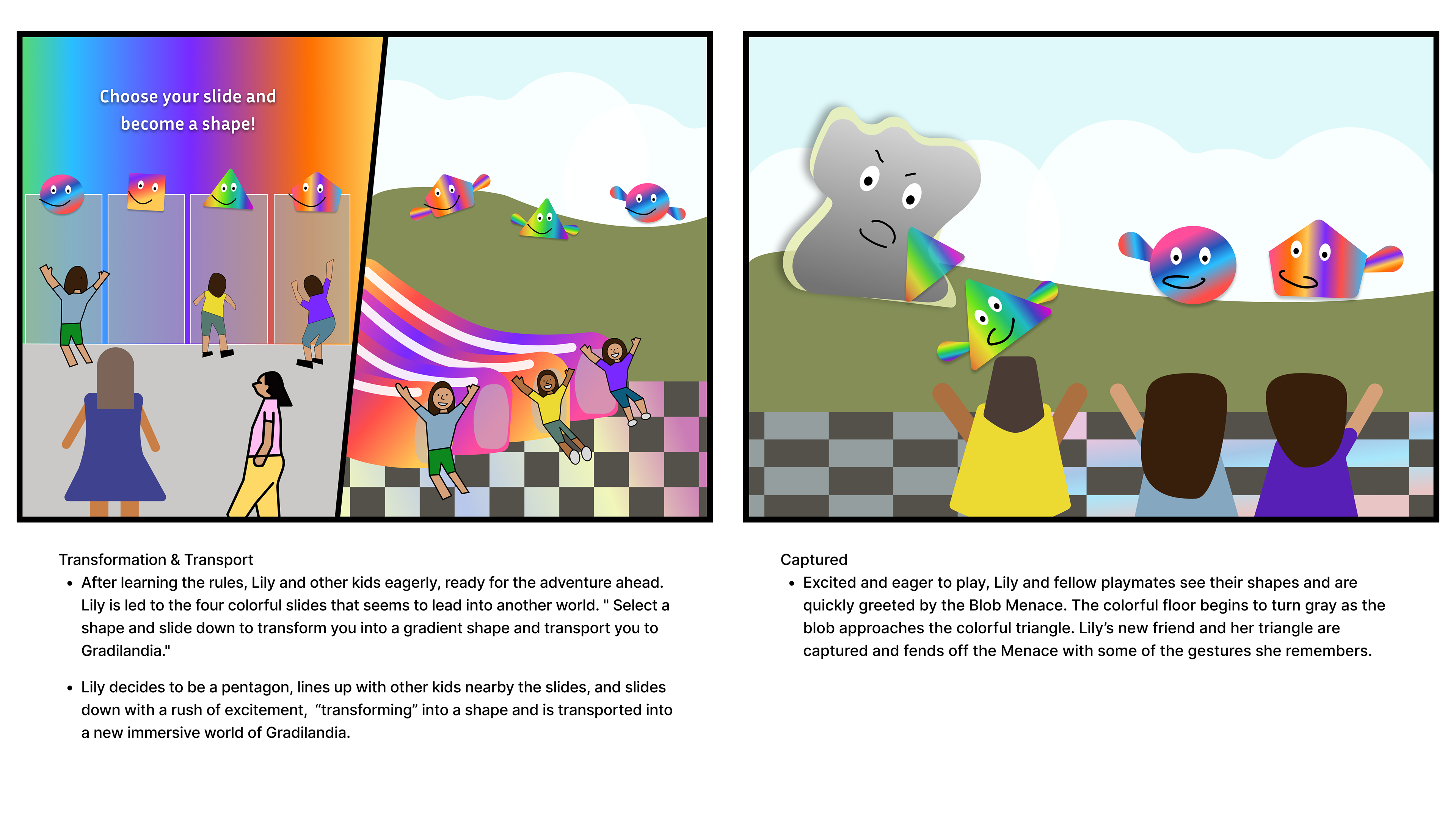
Storyboard was developed to pinpoint actions and capabilities
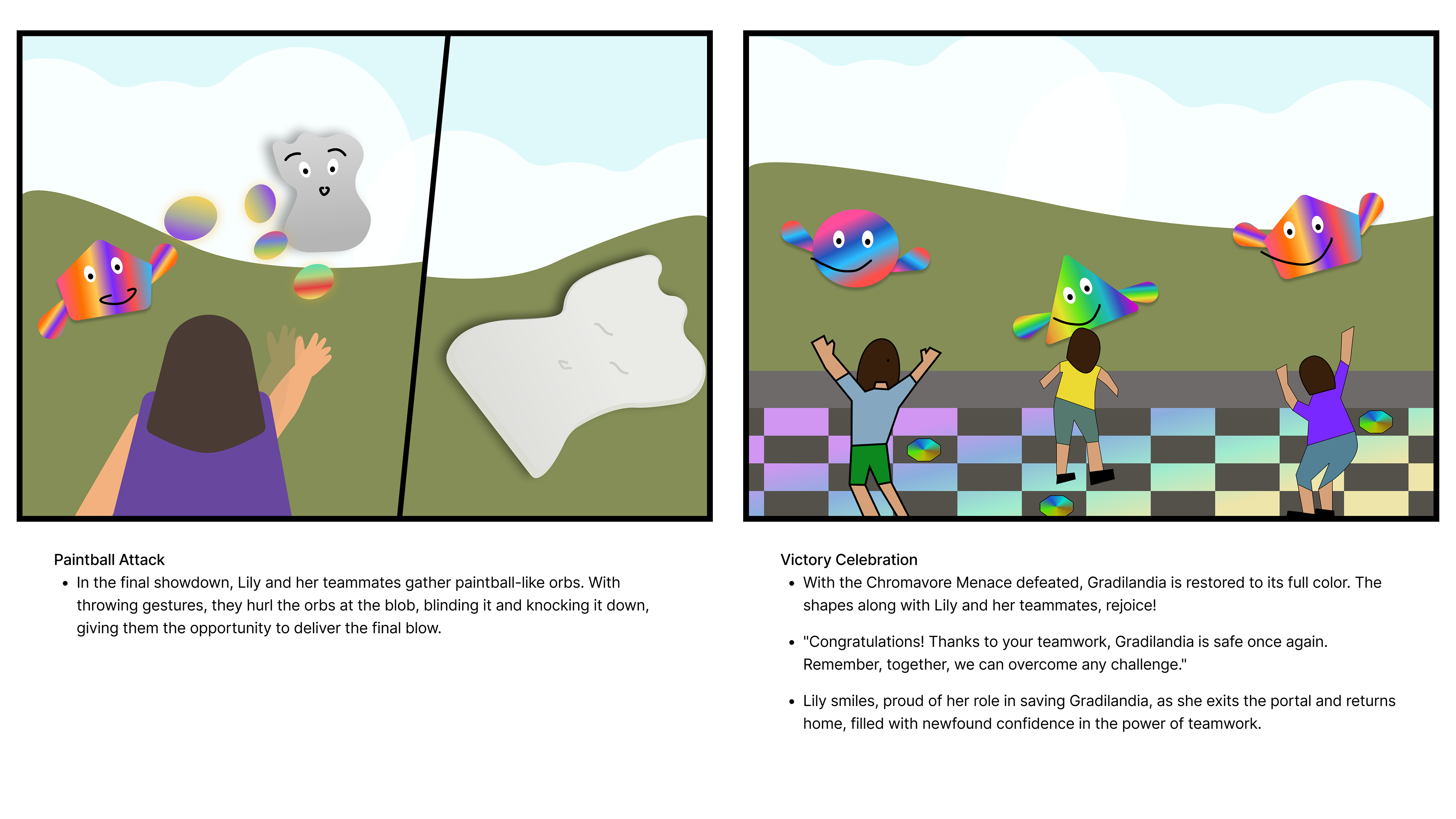
Storyboard assisted with developing the gameplay interactions
Welcome to Gradielandia | Collaboration Through Play
In today's political climate, it is more important than ever to ensure people feel a sense of belonging and purpose by working towards a common goal despite their differences. Change can be effective by bringing kids together at an early age to affect outcomes later down the road.
Children go through 6 stages of play development, which are crucial for their learning and skills that they will continue to use throughout their lifetime. At ages 3-4, children experience Associative Play, where they interact with the space but not necessarily with the other kids around them. As kids reach ages 4 and older, Cooperative Play becomes even more significant, as both the activity and the other children involved in playing become synonymous with one another.
An interactive playground where kids are challenged to work together as they embody the magical heroes, The Gradients, and save Gradielandia from being consumed by the villain, Chromavore.
Installation CAD Model designed by Antonio Renoj
The Gradient and child rendered by Darren Lau
Gradielandia is a magical, whimsical world where all the Gradients live in harmony. In this vibrant world, colors are not just beautiful; they are powerful. The Gradients—our heroes, represented by Circle, Triangle, Square, and Pentagon—embody the diversity and unity of this land.
However, Gradielandia faces a looming threat from Chromavore, a grayscale blob that seeks to drain the world of its vibrant colors. Chromavore grows stronger by absorbing the Gradients' hues, causing the land to fade into dullness.
Mechanics of Gameplay
At the beginning of the installation, a library of gestures will be provided. Players can initiate the game by stepping onto a designated slide to select their shapes and perform the assigned gestures on the dance floor.
Motion and pressure sensors will be used to select actions and execute movements. Players will be able to see their avatars on the screen, and their tiles will light up as they stand in one place and move across the dance floor.
To assist players who remain inactive for too long, avatars will guide them on the types of gestures they can perform.
Future Possibilities
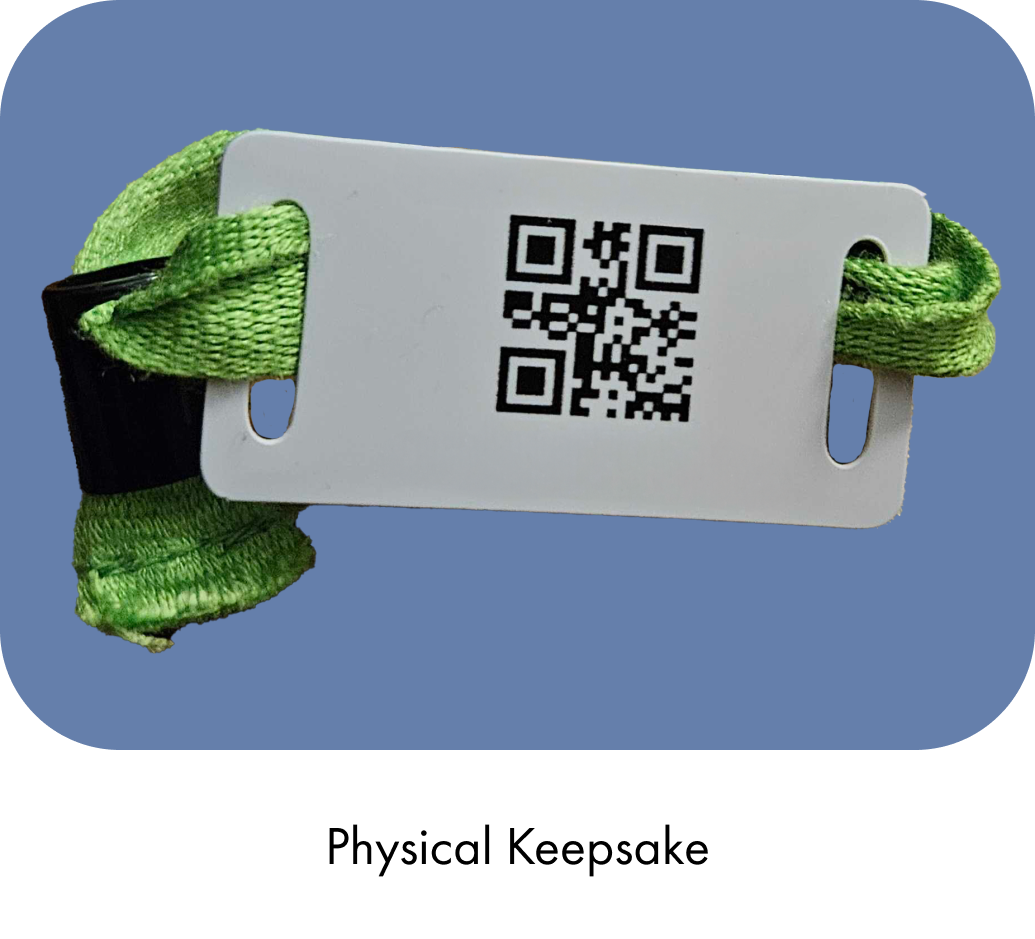

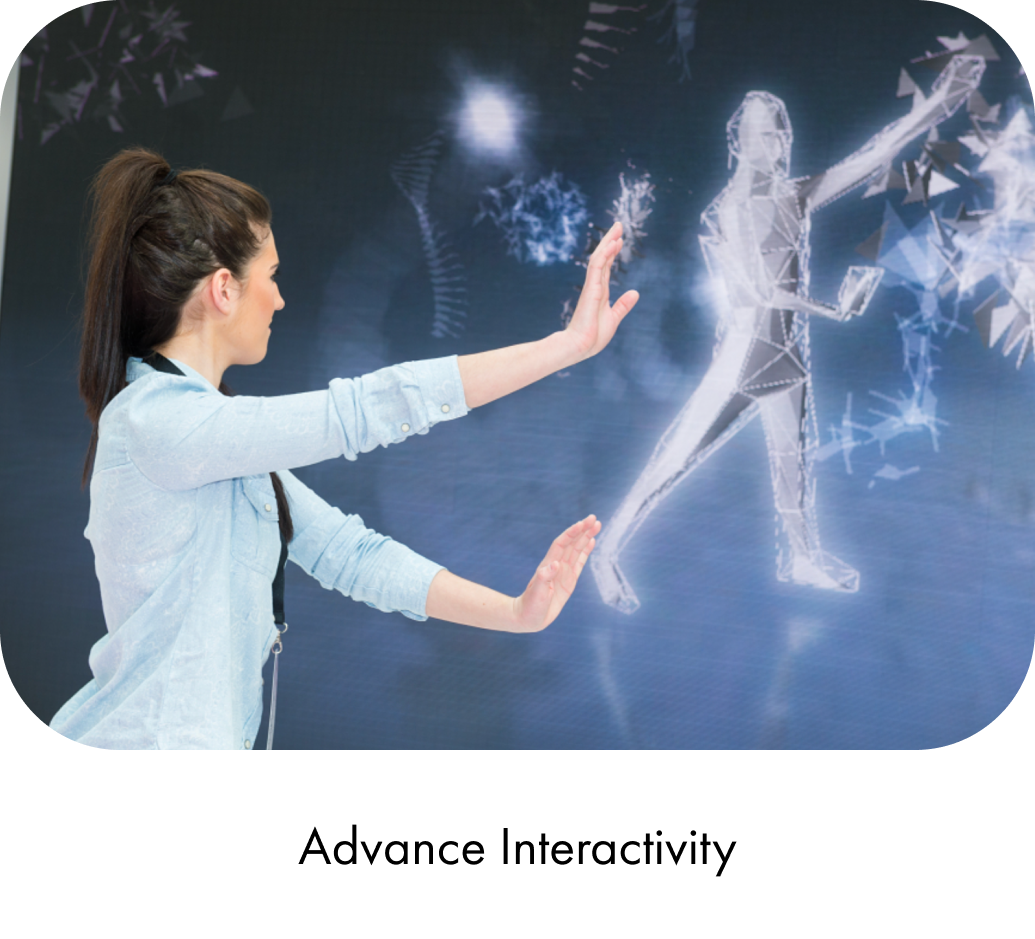
Gradielandia is more than just a playground—it’s an immersive adventure, primarily designed to bring together children of all backgrounds, fostering inclusivity and unity through play. The interactive elements, storytelling, and collaborative gameplay create a magical environment where kids can connect, work together, and build relationships and friendships.
Reflection
Gradielandia is more than just a playground; it’s an immersive experience designed to unite children of all backgrounds through play. With interactive elements, storytelling, and collaborative gameplay, it fosters connections and friendships.
Our team navigated various stages and overcame challenges by working asynchronously, which helped us identify areas for refinement. Initially, I struggled with how the user interface (UI) would work in a resource-intensive space. I gathered feedback from my fellow UI designers, Carey and Darren, as well as insights from Antonio, a parent, to better understand how kids typically behave in different play environments and how parental involvement affects that behavior.
Throughout this journey, I learned the importance of clear communication and flexibility in design. Articulating ideas effectively was crucial to avoid misunderstandings, and being open to feedback improved our final product.
If given more time, I would conduct additional user testing with children from diverse backgrounds to gather feedback and explore partnerships with museums like LACMA to secure funding for enhanced technology.
